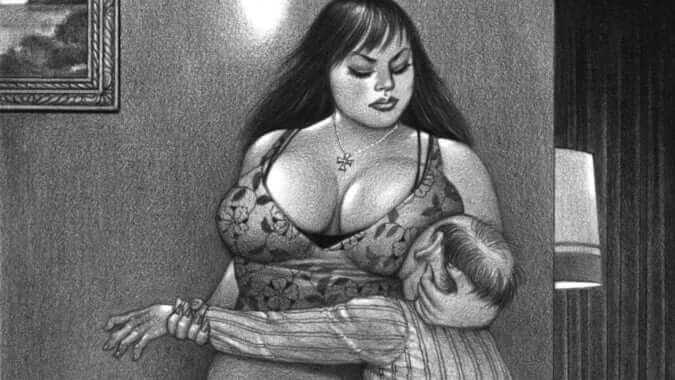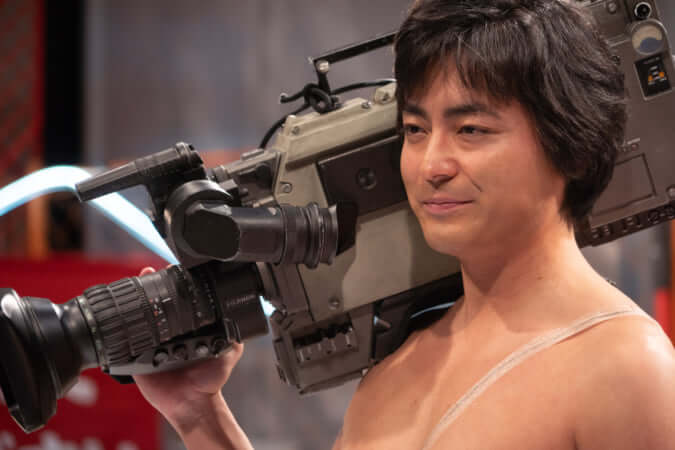‘Nana’, a Manga with a Punk Style
Passionate about fashion, Ai Yazawa pays homage to the designer Vivienne Westwood through the characters she depicts.

© 2000 by Yazawa Manga Seisakusho
Neighbourhood Story (1995), Paradise Kiss (2000), Nana (2000)… In all her works, Japanese mangaka Ai Yazawa connects her characters to the worlds of fashion, fine arts and music. She attaches great importance to outfits because they best reflect the protagonists’ personalities.
In her shojo (literally ‘manga for girls’) Nana, Ai Yazawa depicts two young women with the same name, but whose style and character are totally distinct. They meet on a train heading to Tokyo and, in order to save money, decide to live together. Thus begins a close friendship between Nana Osaki, the punk singer in the rock group Blast, and Nana Komatsu, a hopeless romantic.
British influence
A keen admirer of Vivienne Westwood, a precursor of the punk movement, Ai Yazawa celebrates her in each of the 21 tomes. This can be seen primarily through the heroine Nana Osaki and her band members. They all wear or own key pieces by the British brand. The choker with three rows of pearls adorned with an orb, the silver armour ring, the orb lighter incrusted with precious stones… Invisible but essential, the nonconformist brand plays an integral role in the image building of all these characters.
When the singer’s birthday comes around, one of Blast’s big fans, Misato Uehara, gives her the iconic heart blazer by the British designer. This gesture, a symbol of her adoration, also reveals what the idol exudes in the eyes of her young audience: the rebellious and cavalier spirit of Vivienne Westwood. Furthermore, Nana Osaki and guitarist Nobuo Terashima are always saying how much they love the Sex Pistols, in a nod to the British designer who was the punk rock group’s official stylist in the 1970s. Through Ai Yazawa, she also takes on this role for Blast.
Nana (2000), a manga by Ai Yazawa published by Viz Media.

© ‘Kera Magazine’

© ‘Kera Magazine’
TRENDING
-
Ishiuchi Miyako, A Singular Perspective on Women
Recipient of the 2024 Women in Motion Award, the photographer creates intimate portraits of women through the objects they left behind.

-
Recipe for Ichiraku Ramen from ‘Naruto’ by Danielle Baghernejad
Taken from the popular manga with the character of the same name who loves ramen, this dish is named after the hero's favourite restaurant.

-
Namio Harukawa, Master of Japanese SM Art
'Garden of Domina' offers a dive into the world of an icon of ‘oshiri’, whose work has now reached a global audience.

-
The Tattoos that Marked the Criminals of the Edo Period
Traditional tattoos were strong signifiers; murderers had head tattoos, while theft might result in an arm tattoo.

-
The Emperor of Japanese Porn is Now the Star of a Netflix Series
Deliciously funny, The Naked Director especially succeeds in reviving the atmosphere that was so characteristic of 1980s Japan.





